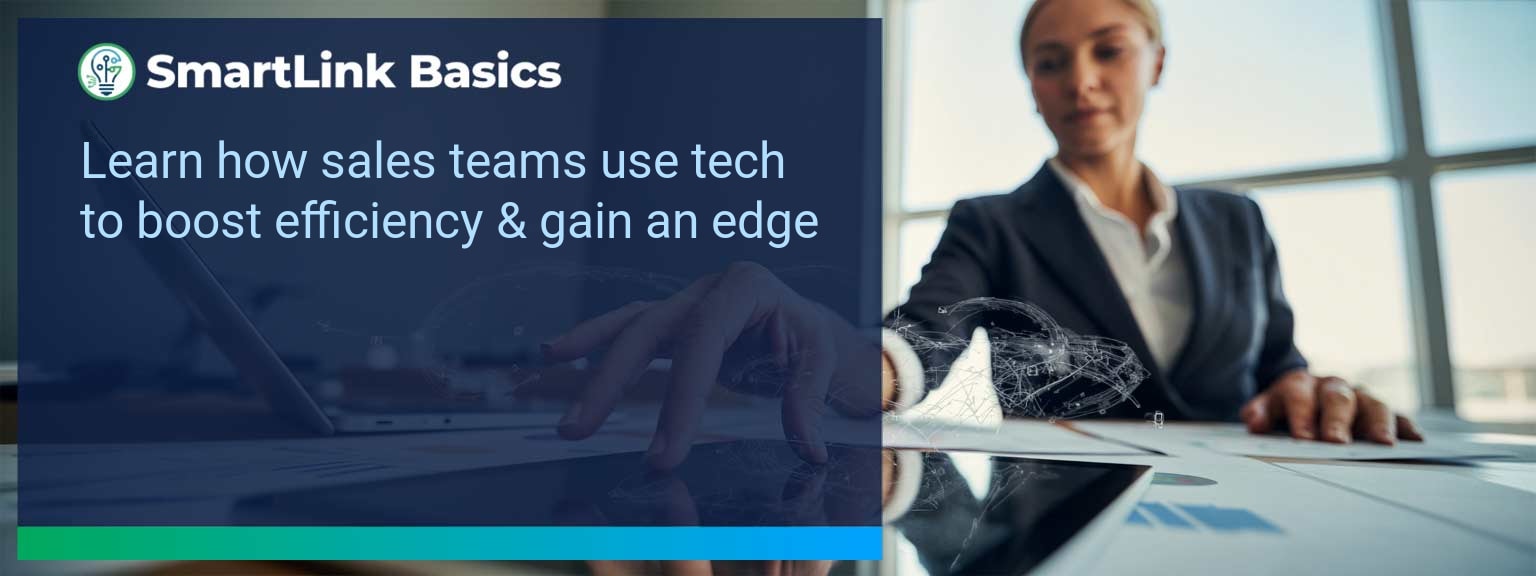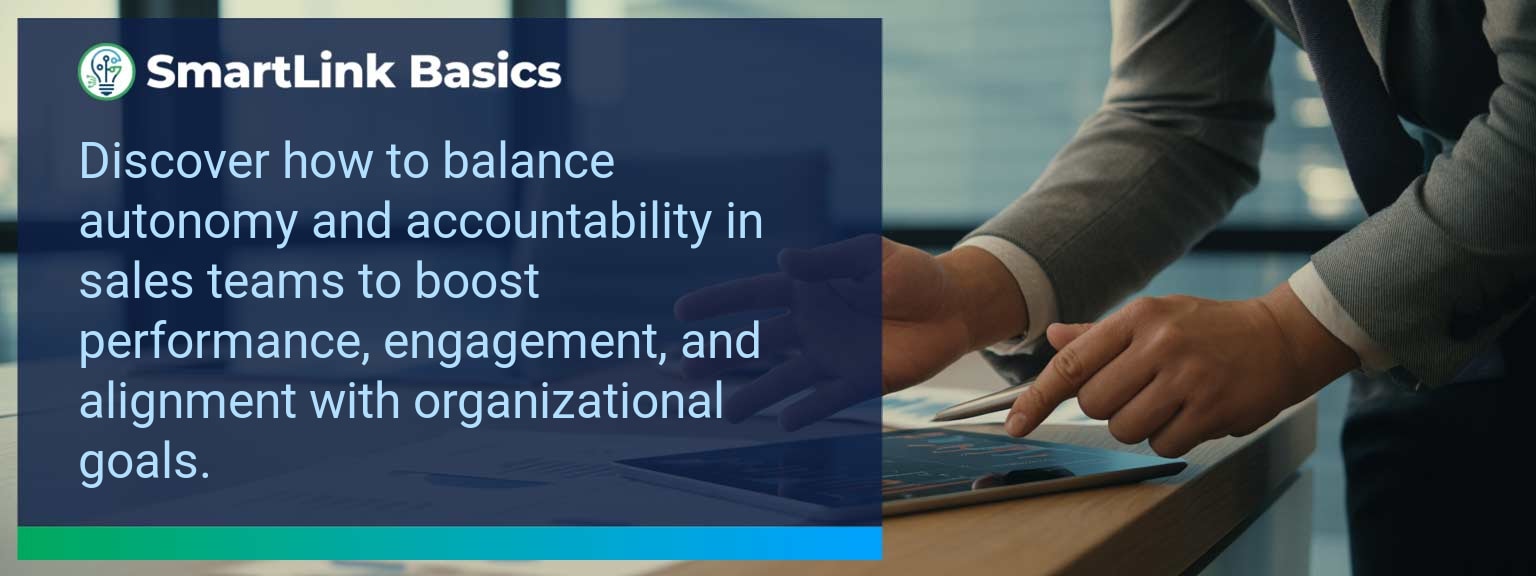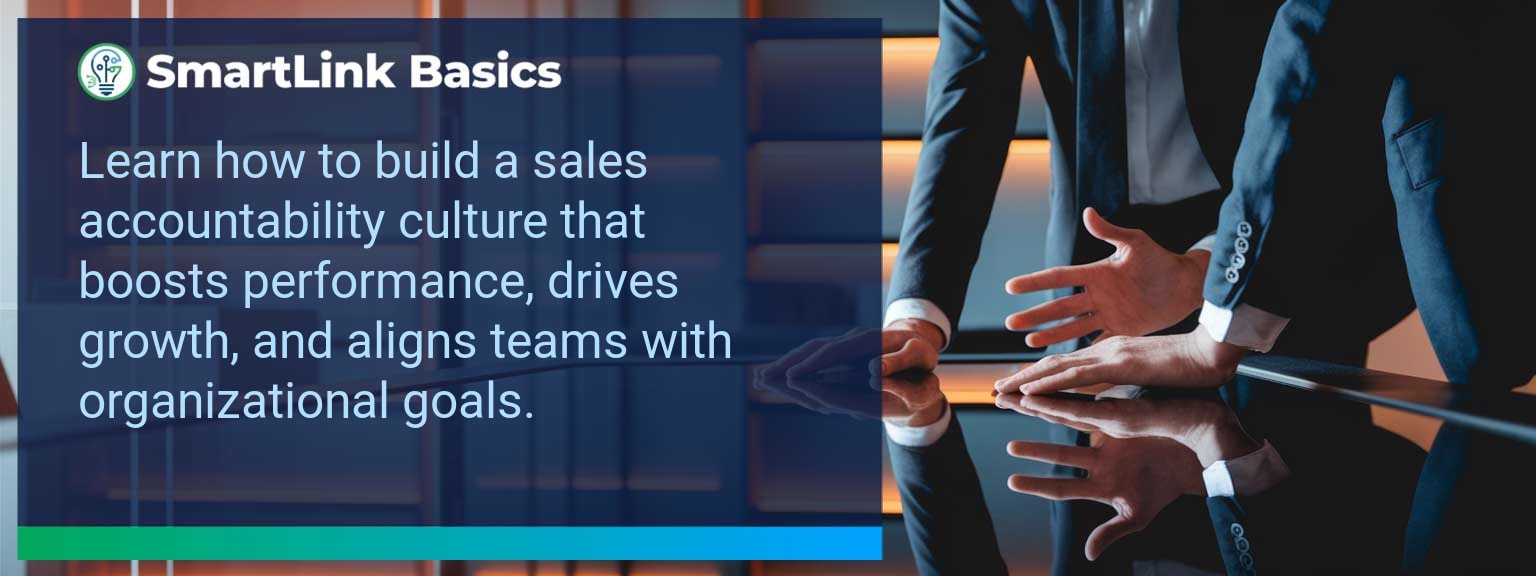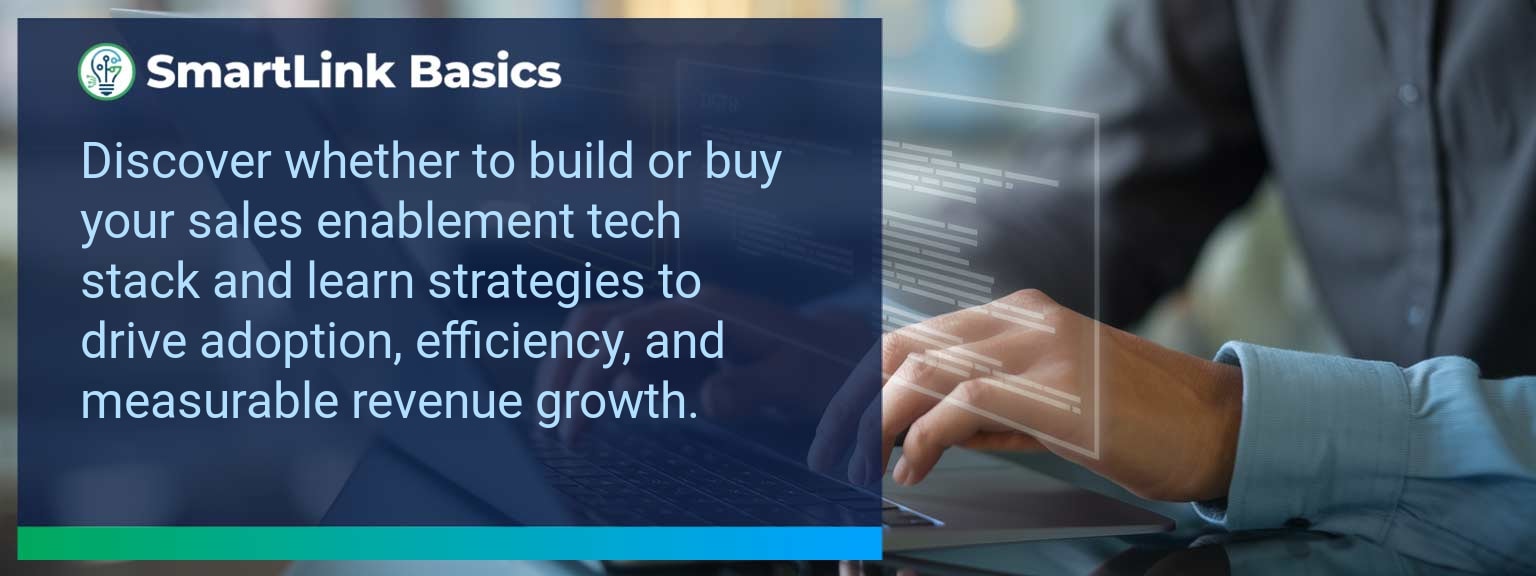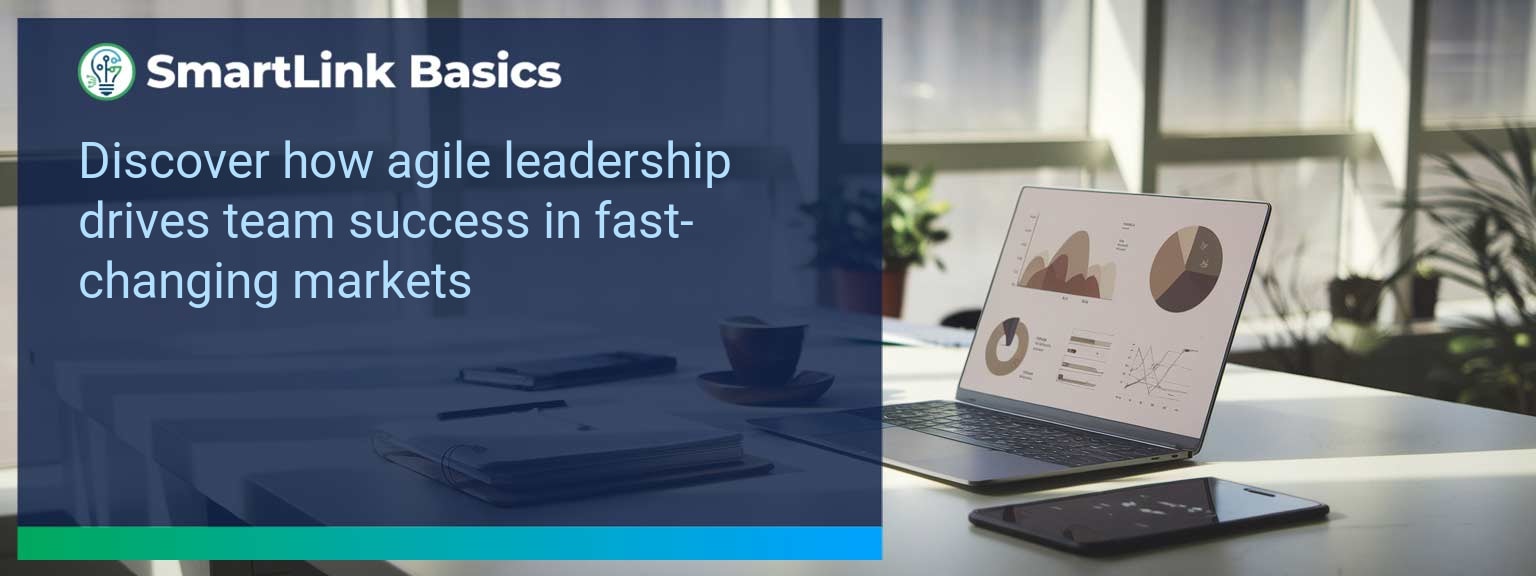Industry data shows that organizations adopting AI-driven automation achieve cost reductions of up to 30% while accelerating sales cycles by 20% or more (McKinsey, 2024). For sales leaders, AI automated workflows now define competitive advantage, enabling teams to reallocate time from repetitive tasks to high-value engagements. At SmartLink Basics, we help decision-makers implement these systems strategically, ensuring they integrate with existing revenue operations. In this article, you’ll see how AI automated workflows power business outcomes, the common obstacles that slow adoption, and practical steps to optimize processes. You’ll walk away with proven examples, a 90-day action blueprint, and measurable KPIs to track results.
- Automate repetitive administrative and CRM updates with AI.
- Integrate machine learning to personalize outreach at scale.
- Streamline approvals, quotes, and contract workflows for speed.
- Use predictive analytics to prioritize sales opportunities.
- Track adoption and performance with targeted metrics.
AI Automated Workflows: What Changed and Why It Matters
AI adoption has shifted from experimental to operational, making automated workflows a standard in high-performing sales organizations. The real advantage lies in combining workflow automation with artificial intelligence workflows to optimize every step of the revenue process. Sales leaders now use AI to synchronize touchpoints, reduce manual inputs, and ensure faster execution. For example, a B2B SaaS leader introduced automated lead enrichment and routing, cutting qualification time by 60%. Actionable insight: Audit processes for time-intensive handoffs and apply AI where repeatability is high.Redesign the Revenue Operating System With AI Automated Workflows
ICP, Segmentation, and Targeting AI-enabled segmentation uses historical wins, firmographic, and behavioral data to dynamically update ICP profiles. This ensures targeting precision without quarterly re-work. Pipeline Architecture Automated workflows push opportunities through the right stages based on engagement signals. AI flags at-risk deals for intervention. Plays and Messaging Integrated automation tools deliver personalized sequences based on buyer activity, increasing relevance at every touchpoint. Operating Cadence AI schedules follow-ups, forecast calls, and account reviews based on actual pipeline movement rather than static calendars. Actionable insight: Implement automation that adapts in real-time to both internal and buyer-driven events.Common Obstacles To Achieving Seamless Automation
The most frequent challenges are fragmented systems, inconsistent data quality, and cultural resistance. Without a unified data layer, automation amplifies errors rather than solving them. Coca-Cola Europacific Partners reported needing a full data governance upgrade before AI could improve sales workflows. Leaders must first assess infrastructure readiness and train teams to trust AI-influenced recommendations. Actionable insight: Before deployment, establish clean data practices and a single source of truth.Implementing AI To Optimize Workflows
Effective deployment of AI process optimization starts with mapping current-state processes, identifying friction points, and matching them with automation tools. For example, automating proposal generation based on CRM opportunity data can reduce turnaround from three days to one hour. Solutions combining business process automation platforms with machine learning integration enable continuous performance improvement. Actionable insight: Pilot in one high-impact stage, measure, and then expand.Tangible Benefits From Automated Processes
The benefits extend beyond time savings — sales leaders gain a scalable system. Tangible outcomes include faster quote-to-close, higher lead conversion, and better forecast accuracy. A manufacturing firm implemented AI-assisted order processing and cut errors by 40%, improving on-time delivery rates. Actionable insight: Track both speed and accuracy to measure workflow automation effectiveness.Metrics That Matter
| Category | Metric | Definition | Target |
|---|---|---|---|
| Leading | Workflow Completion Rate | % of automated sequences executed without manual intervention | 95%+ |
| Leading | AI Suggestion Adoption Rate | % of AI-generated action recommendations executed by reps | 80%+ |
| Lagging | Cycle Time Reduction | Decrease in time from lead entry to closed-won | 20%+ |
| Lagging | Revenue Per Rep | Average sales revenue generated per sales rep per quarter | +15% YoY |
| Quality | Automation Error Rate | % of workflows that trigger incorrect outcomes | <1% |
| Quality | Customer Satisfaction Post-Automation | Average CSAT score after automation implementation | ≥ 4.5/5 |
Innovations And Next Steps For AI Automation
Emerging capabilities like AI-generated playbooks, intent-driven dynamic routing, and integrated AR for virtual product demos are shaping the next wave of sales automation. Companies integrating these tools early will outpace competitors in speed and personalization. Actionable insight: Stay ahead by testing emerging automation features quarterly and aligning them with evolving buyer expectations.Get the 90-day plan, coaching rubric, and dashboard template to operationalize AI in your enablement program.
Turning AI Automation Into a Revenue Multiplier
AI automated workflows are now a strategic lever for predictable, scalable growth. This guide outlined current applications, adoption challenges, a 90-day execution plan, and measurable success criteria. To make automation pay off, sales leaders should integrate tools into one cohesive operating system and review results monthly for continuous improvement. Access more AI-driven sales enablement resources from SmartLink Basics to design a high-performance automation strategy. Effective sales leadership strategies determine whether a sales organization thrives or struggles. SmartLink Basics has seen that when leaders use precise, data-driven decision-making, they consistently elevate team performance, revenue, and market competitiveness. This topic matters now because customer expectations are higher, buying cycles are more complex, and sales teams face unprecedented pressure to deliver predictable growth. This article covers the proven frameworks and execution models sales leaders can use to strengthen sales performance management, optimize coaching, and drive sustained revenue growth. You will learn how to identify barriers, implement targeted interventions, and build a long-term strategy that fuels performance gains.- Set clear performance expectations aligned to revenue growth strategies
- Implement a rigorous sales performance management cadence
- Invest in targeted sales coaching and leadership development
- Redesign sales process architecture for efficiency and scalability
- Measure leading and lagging indicators to ensure continuous improvement
Common Obstacles Holding Sales Teams Back
Many organizations suffer from inconsistent sales process execution, unclear goals, and reactive decision-making. Even seasoned leaders can fall into the trap of focusing on end-of-quarter numbers without addressing upstream indicators. A lack of unified pipeline visibility often forces managers to rely on anecdotal updates instead of data, which delays course corrections. Underdeveloped sales coaching practices further compound the issue, leaving high-potential reps without guidance to accelerate growth. For example, a mid-market SaaS provider with rapid expansion goals saw revenue plateau when too many deals stalled during qualification due to inconsistent messaging. Aligning internal processes and coaching initiatives is the first actionable step toward eliminating these constraints.Proven Methods To Drive Sales Excellence With Sales Leadership Strategies
Transforming performance requires a deliberate approach. The most effective sales leadership strategies focus on four operational levers: ICP, Segmentation, and Targeting: Define your Ideal Customer Profile, segment accounts by opportunity potential, and align resources accordingly. This prevents wasted effort in low-conversion territories. Pipeline Architecture: Use a standardized qualification and stage progression framework supported by CRM automation. Clear stage definitions improve forecasting accuracy and coaching efficiency. Plays and Messaging: Develop repeatable plays for common deal scenarios, incorporating tailored messaging for different buyer personas. This strengthens win rates while reducing ramp time. Operating Cadence: Implement a structured rhythm of weekly pipeline reviews, monthly performance health checks, and quarterly strategic resets.Measurable Gains In Revenue And Team Morale
Well-executed strategies do more than grow revenue; they create a culture of accountability and motivation. By combining robust sales performance management with targeted sales coaching, leaders often see shorter sales cycles, higher conversion rates, and improved employee satisfaction scores. In one case, a commercial equipment sales division implemented structured call reviews and observed a 14% increase in closing rates within two quarters. Transparent recognition of achievements also reinforced team morale and decreased turnover. To sustain momentum, integrate leadership development and recognition into the regular operating cadence.| Category | Metric | Definition | Target |
|---|---|---|---|
| Leading | Qualified Pipeline Coverage | Ratio of pipeline value to target quota for upcoming quarter | 3x quota |
| Lagging | Closed-Won Revenue | Total revenue from closed deals in a defined period | >105% plan |
| Quality | Win Rate | Percentage of opportunities that close successfully | >30% |
Evolving Strategies For Continuous Sales Growth
Market shifts, competitive pressures, and customer behavior changes require that sales leadership strategies remain adaptable. Leaders should continuously refine sales process optimization, adopt new enablement tools, and prioritize agile planning. Regularly revisiting sales goal setting, role definitions, and coaching approaches ensures alignment with growth objectives. Integrating insights from frontline data can surface hidden opportunities and improve decision-making speed. expert insights from SmartLink Basics can provide tested frameworks to meet these evolving demands.Get the 90-day plan, coaching rubric, and dashboard template to operationalize AI in your enablement program.
Strong sales leadership strategies combine disciplined execution with a commitment to continuous development. Leaders who manage performance with precision and coach with intent drive both revenue gains and lasting cultural improvements.




